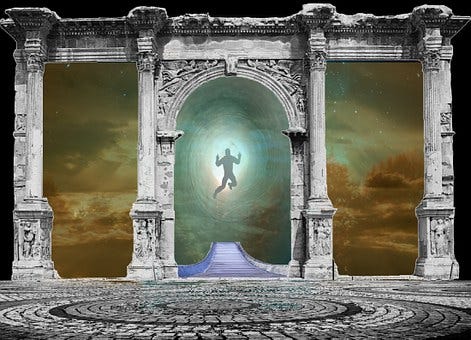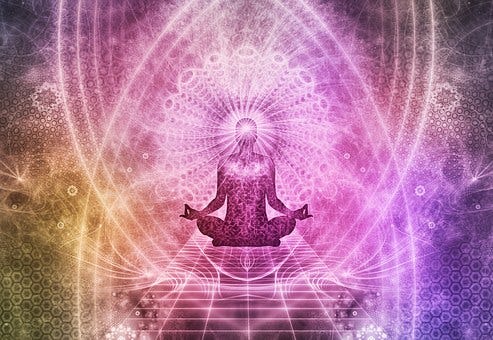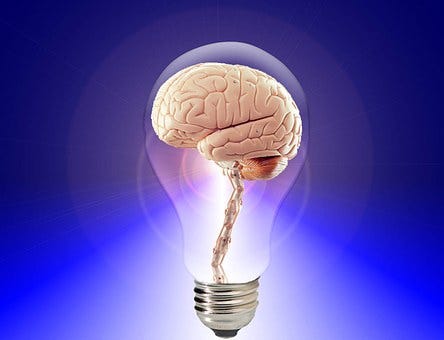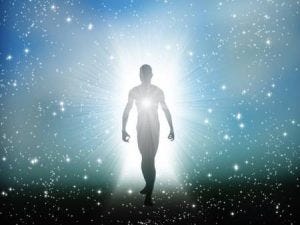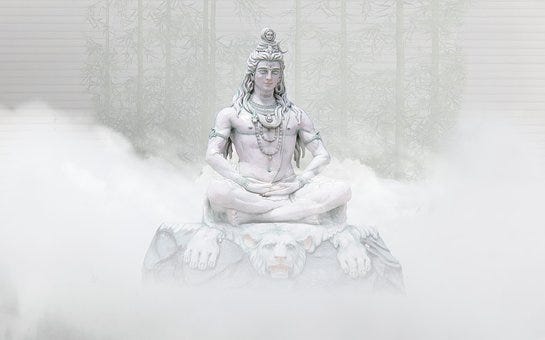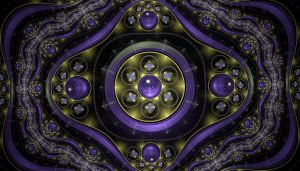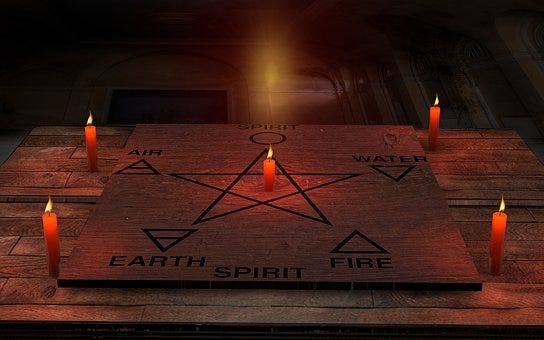
“We are brought up on schoolbooks that deride and dismiss this notion as superstition. The principle remains sound even if the terminology is quaint”¹.
==================================================================================================
When I was at school, I do remember being taught how foolish ancient people were for believing that everything that exists is composed of four basic elements: earth, air, fire, and water. After all, the evidence of our own eyes says otherwise, and modern science, so it is said, has proved the point conclusively; there are actually 92 naturally occurring elements.
Even though some researchers recognise that the ancients were actually a lot more knowledgeable than Enlightenment scientists like Steven Pinker think they were, this attitude persists in modern times. For example biochemist Michael Behe says: “the ancients were still lost when it came to the composition of living things. They believed that all matter was made up of four elements: earth, air, fire, and water”².
Yet perhaps it is we moderns who are foolish, incapable of understanding subtle, symbolic ideas, what the ancients really intended. I work from the assumption that the terms earth, air, fire, and water represent cosmic principles, rather than what we understand by them on the material plane. As Lucie Lamy says of the Sphinx: it “can be viewed as a symbol of the four principles — earth, water, fire and air — which are frequently and quite incorrectly called ‘elements’ ”³.
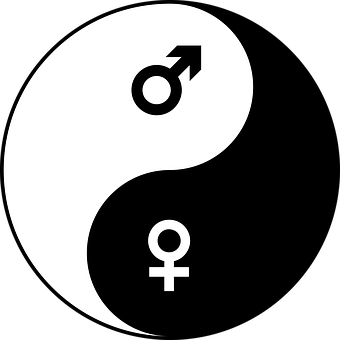
Let’s try to understand what the ancients really meant. In Taoism the Supreme Ultimate Principle, the T’ai-chi T’u, separates into two — the Yang principle, associated with maleness, and the Yin, associated with femaleness. It would be reasonable to assume that, following a further subdivision, there would now be four principles, namely the ‘elements’ we are considering. And two of these principles are indeed considered masculine, thus the separation of the yang principle (into air and fire), and two are considered feminine, the separation of the yin (into water and earth).
These four principles can therefore be considered the basic spiritual building-blocks of the universe. Some writers, referring to ancient sources, who have understood this are:
- John Anthony West, who says: this system was “a precise and sophisticated means of describing the inherent nature of matter… (The ancients) used these four commonplace phenomena to describe the functional roles of the four terms necessary to matter — or, rather, to the principle of substantiality”⁴.
- George Trevelyan, who calls them, following Rudolf Steiner, etheric formative forces (see footnote 5 for a long explanatory quote).
- Manly P. Hall, who seems to have a deep understanding of this process (see footnote 6).
- The ‘mystical’ psychologist Carl Jung, who talks about “a primitive consciousness which is constantly liable to break up into individual affective processes — to fall apart, as it were, in four directions. As the four elements represent the whole physical world, their falling apart means dissolution into the constituents of the world…”⁷.
I hope that the above is enough to convince you that the idea of the four elements (principles) is alive and well, even in modern times. Some expressions of this idea can be found:
- in the Tarot cards, the four suits of which are intended to represent the totality of all aspects of life: swords/air, cups/water, wands/fire, and pentacles/earth
- in the astrological Zodiac, where the twelve houses are divided into four groups, each relating to one of the four elements⁸
- more recently in Carl Jung’s four functions. He believed that human personality has four aspects: sensation, thinking, feeling, and intuition⁹. The correspondence between these and the four elements is fairly obvious: sensation/earth, thinking/air, feeling/water, and intuition/fire. There is also a close correspondence between these four functions and the four suits of the Tarot.
And, for those not afraid to entertain paranormal ideas, esotericists believe that there are various elemental beings, existing in a different level of reality: gnomes (earth spirits), undines (water spirits), sylphs (air spirits), and salamanders (fire spirits)¹⁰. These entities, so it is said, can be seen or sensed by clairvoyants, but not by humans in their everyday state of consciousness.
So, despite what our teachers try to tell us, the idea of the four elements has survived since ancient times into the present. Let’s not forget the Ancient Wisdom.
==========================================================================================================
Click here for an update to this article.

==============================================================================================================
Footnotes:
1. John Anthony West and Jan Gerhard Toonder, The Case for Astrology, Macdonald & Co Ltd., 1970, p33
2. Darwin’s Black Box, The Free Press, Simon & Schuster, 2003, p7
3. Egyptian Mysteries, Pxvii
4. Serpent in the Sky, Quest Books, 1993, p37
5. “The old belief in the four elements of Earth, Water, Air and Fire takes on new meaning when related to the etheric formative forces as investigated by Steiner. Air and Fire are seen to correspond with the warmth ether and the light ether, both centrifugal in their nature. They are the field of action for the levity polarity. Further condensation moves over into the realm of gravity, first into the watery element known as the ‘chemical ether’ and finally into solid matter or Earth, known as ‘life ether’. Here we have the bridge through which creative archetypal Ideas may become operative in form in the material plane”. (Lecture, ‘Gateway to the Infinite’, in The Spirit of Science, David Lorimer [ed.], Floris Books, 1998, p304)
6. “According to the ancient doctrines, the tangible universe is composed of four principal elements… These four essences are the basis of all things cognizable by human material body centers of consciousness… (The ether) passes through itself in four streams the powers of the creative Logos. From its essences are extracted the four creative principles which at the present time are the basis of the human fourfold vehicle: (1) physical or dense, (2) etheric or watery, (3) astral or fiery, (4) mental or airy… These four elements are the basis of, as well as the life behind, the four physical material elements — earth, fire, air, and water. The power from the unseen causal worlds works through the four material elements in order to express itself in bodies, cells, and molecular combinations”⁶. (Unseen Forces, Philosophical Research Society Press, 1936, available in the Kessinger Legacy Reprints series, p4–6)
7. Mysterium Coniunctionis, Princeton University Press, 1977, p459–60
8. Air (Gemini, Libra, Aquarius), Fire (Aries, Leo, Sagittarius), Earth (Taurus, Virgo, Capricorn), Water (Cancer, Scorpio, Pisces).
9. see Psychological Types, Princeton University Press, 1971, chapter 10
10. Rudolf Steiner refers to them in “Right and Wrong Use of Esoteric Knowledge”, lecture delivered at Dornach, 18, 19 and 25 November 1917. Esotericist Manly P. Hall, who himself believes in these elementals, describes Paracelsus as “the Swiss Hermes, and the greatest physician of modern times”, and says that he “has given us the most complete analysis of these strange creatures who live, move, and have their being unseen and unrealized by mortal man. Though we daily see their works, we have never learned to know the workers who, day and night, function through Nature’s finer forces” (as footnote 6, p3).


